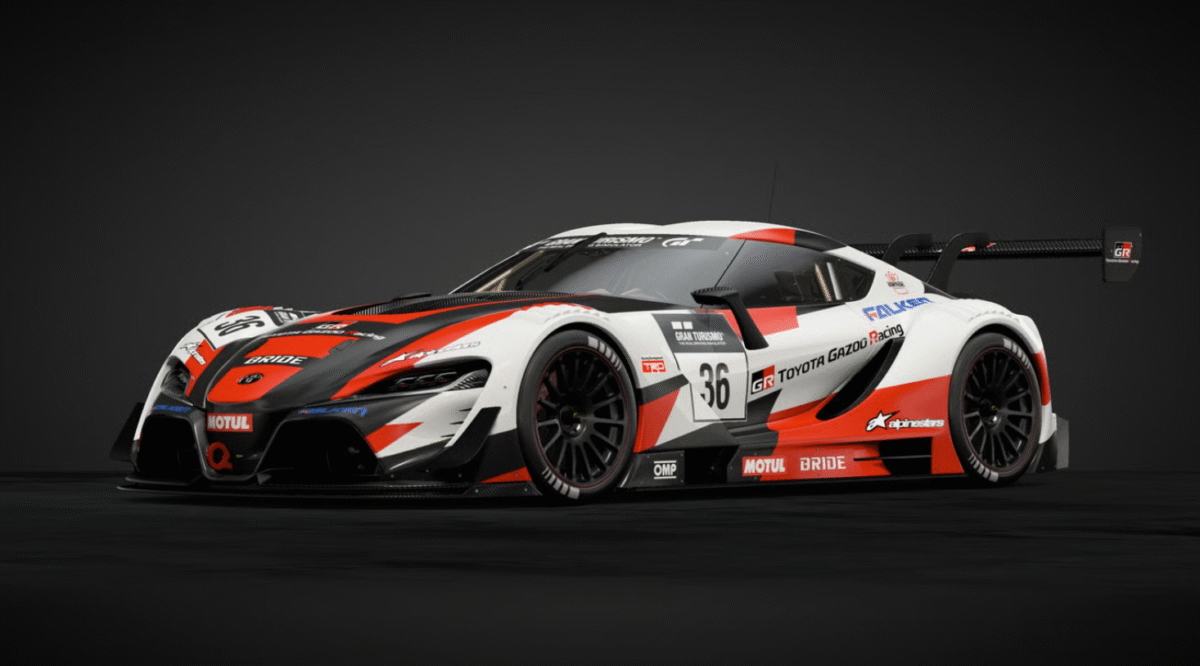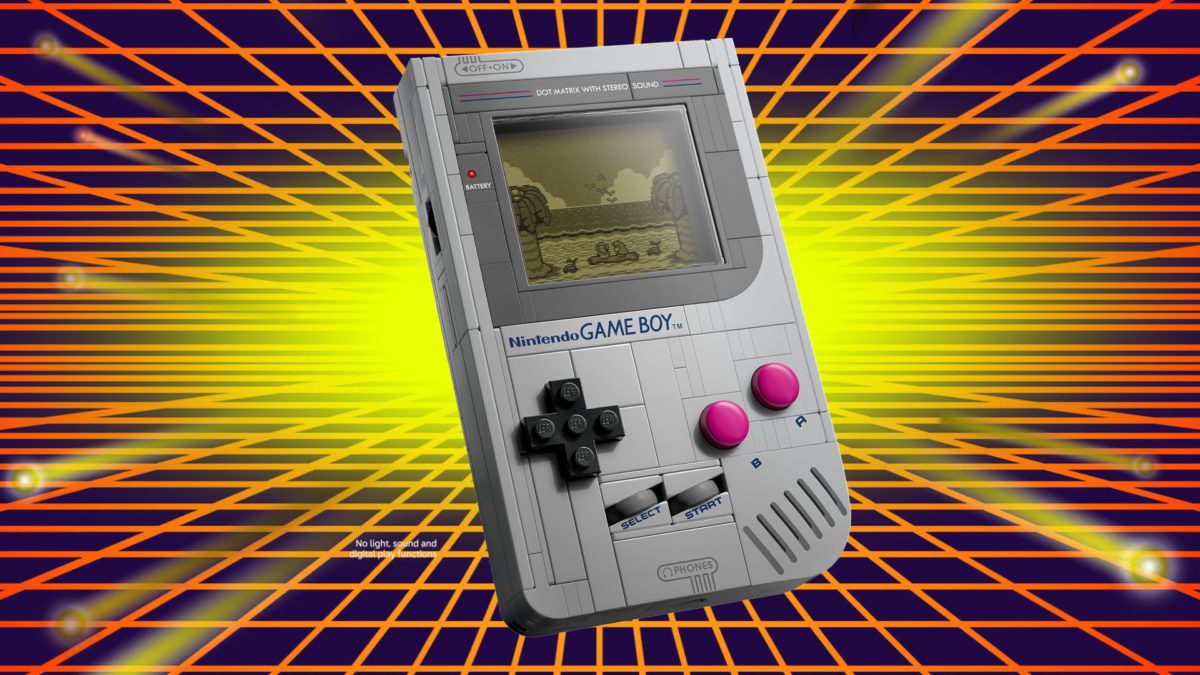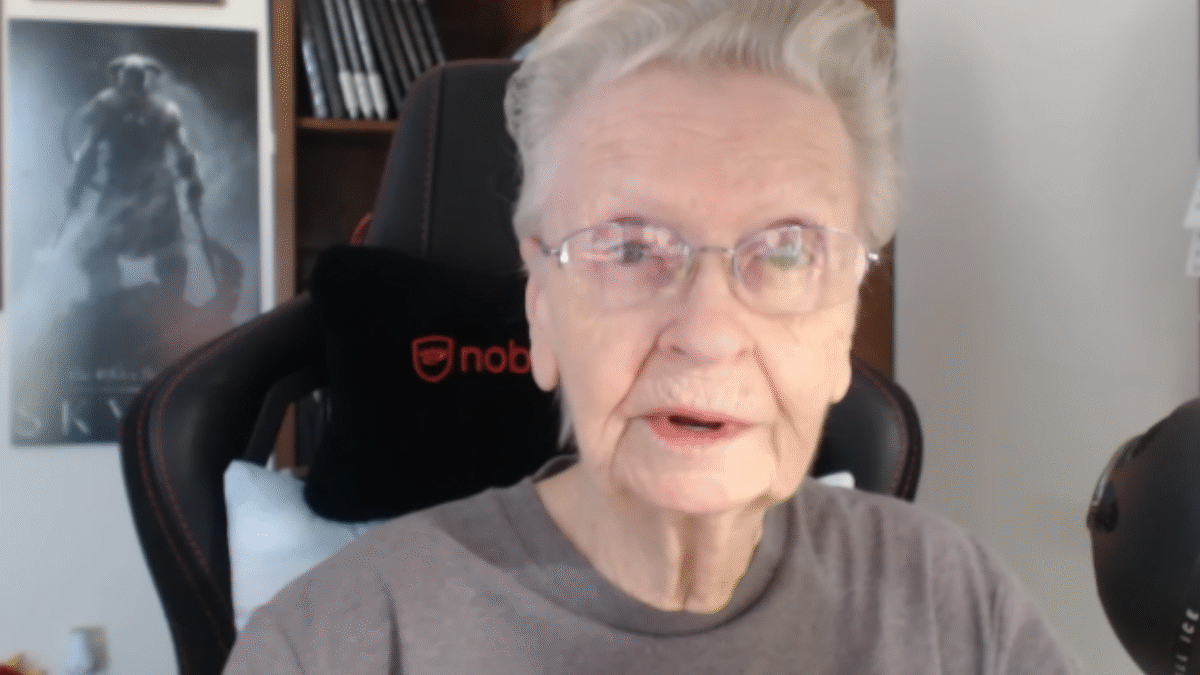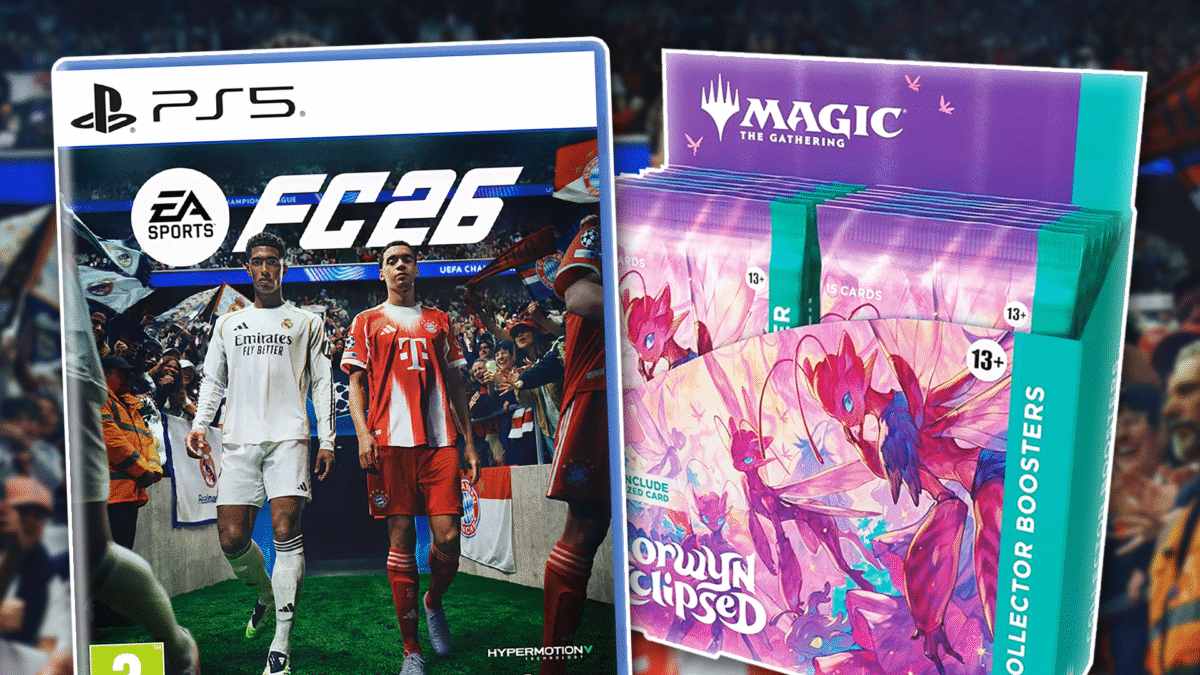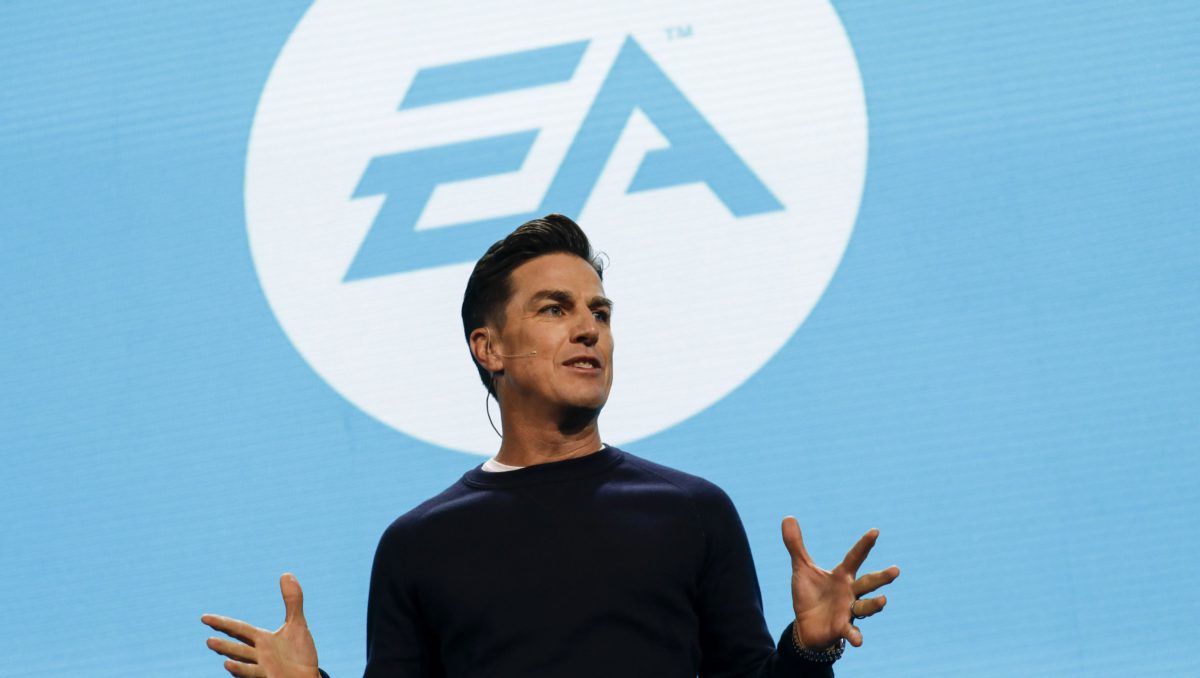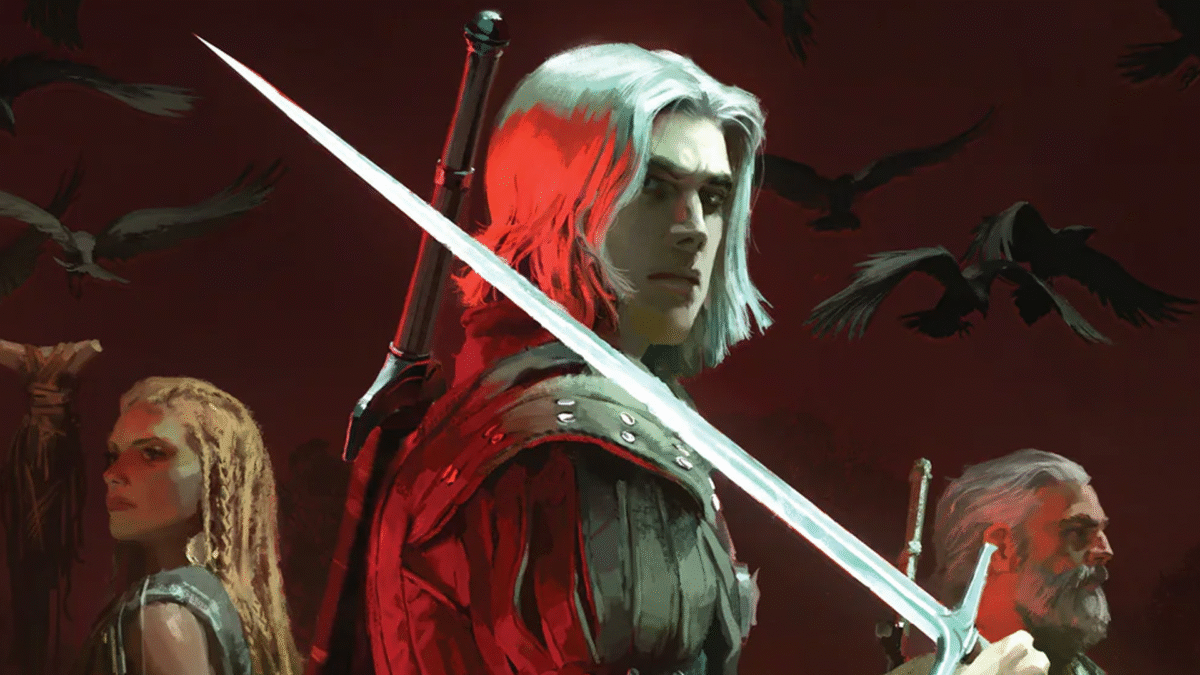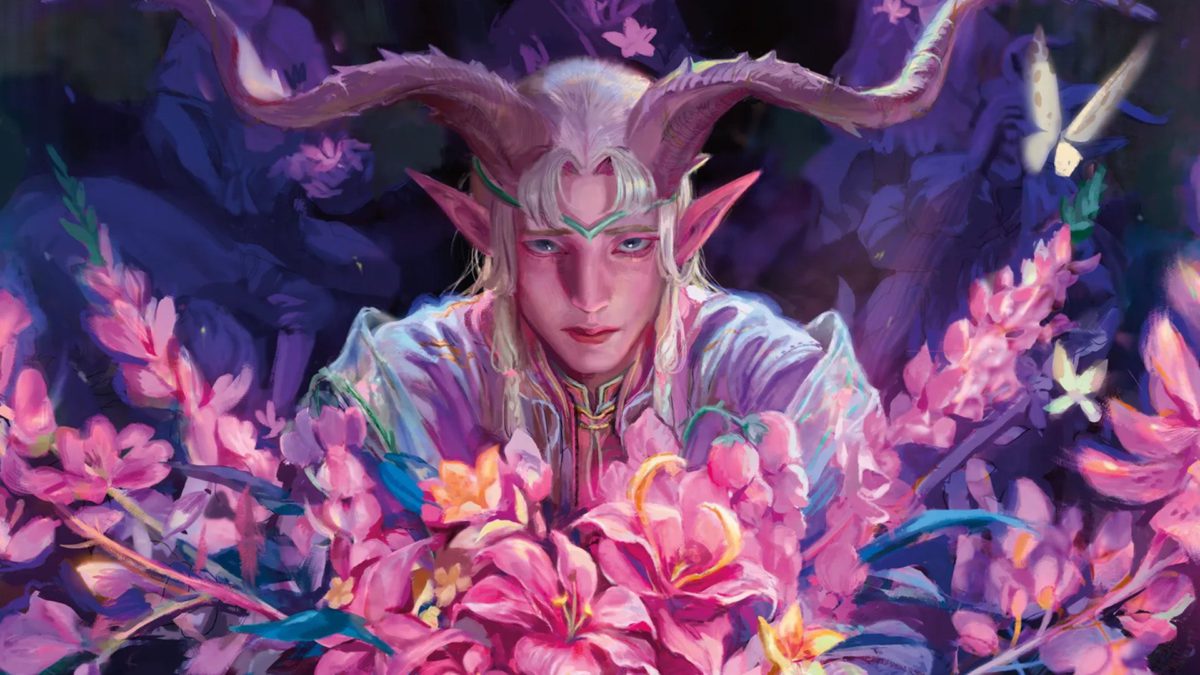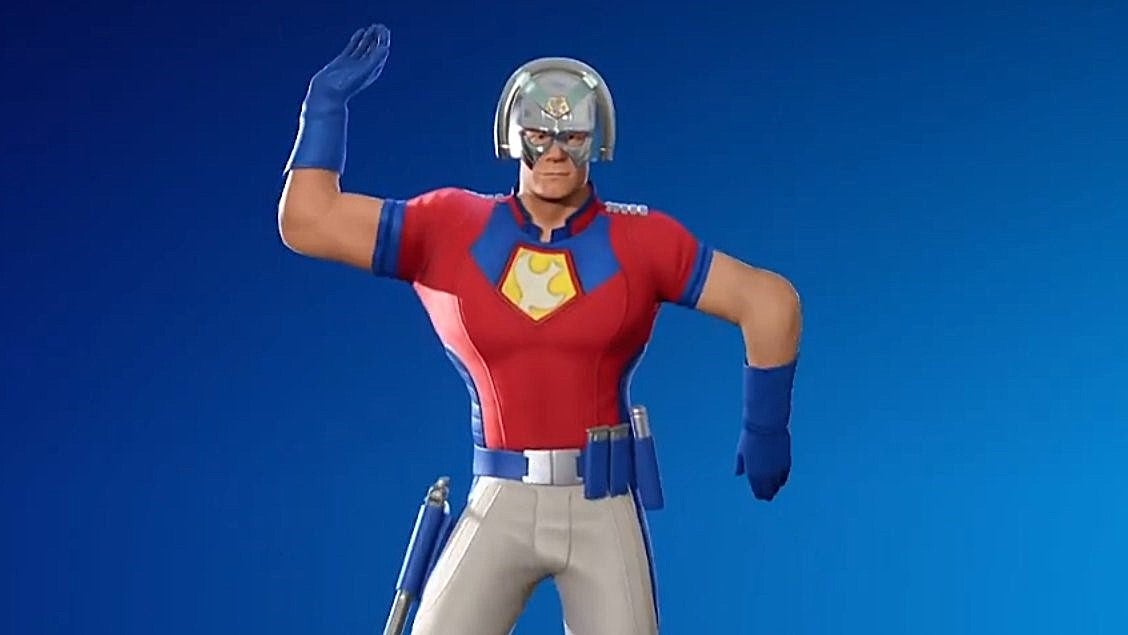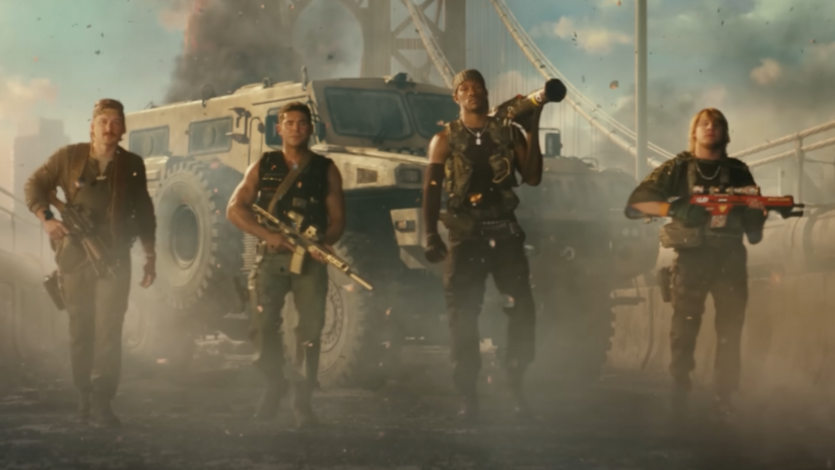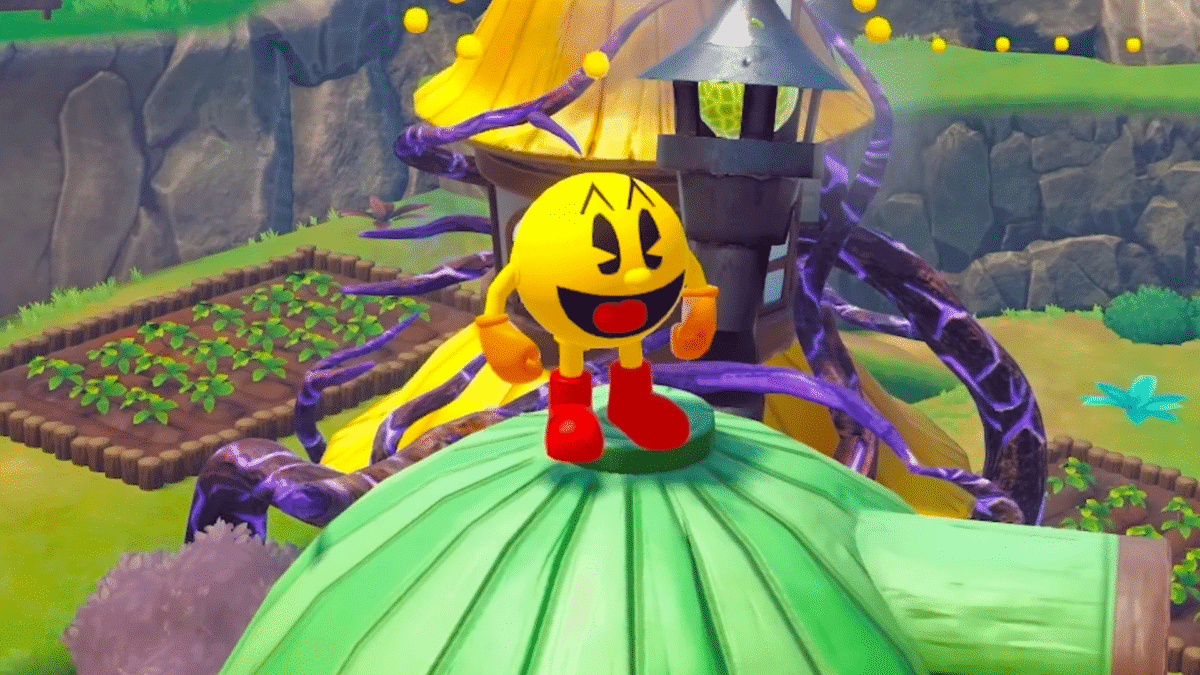
IGN recently held a fan-voted tournament to determine the greatest racing game of all time. There were a total of 32 entries split across four categories: Arcade Racing, Simulation, Street Racing, and Wild Card.
While Mario Kart 8 Deluxe ultimately won the fan vote and was crowned champion, it isn’t exactly known for its realism. Several other entries in the tournament give you the chance to drive cars based on real-life counterparts, including a wide variety of different Toyota models.
The Toyota brand has been around for almost 90 years and competes in several different racing series, meaning there are lots of different models that can be included in racing games. And some games make very good use of that. Here are five standout titles that were popular in our fan-voted tournament and also put you in the driver’s seat of Toyota cars.
Forza Horizon 5
Forza Horizon 5 has the rare distinction of getting a 10 from IGN, and it finished as the runner-up in our fan-voted tournament, so we think it’s safe to call this one of the best racing games ever made. One of its many strengths is the dizzying number of cars in its roster. It had more than 500 vehicles at launch, and DLCs and seasonal additions have brought that number to more than 900 in the nearly four years since it released. That includes 32 different models of Toyota, ranging from classic sports cars like the 1974 Celica GT to pickup trucks like the 2020 Tundra TRD Pro to rally cars like the 2021 GR Yaris to modern sports cars like the 2022 GR86.
Gran Turismo 7
Gran Turismo 7 won the Simulation region of our tournament and made it to the Final Four before being ousted by Forza Horizon 5. It was a very close battle between the two, so this is clearly a beloved title. And IGN gave it a 9, so we’re big fans too. Like the game that defeated it, GT7 also sports an incredible number of different cars. It had 424 cars at launch and has since brought that number to more than 500, which includes 41 Toyota models. In addition to the kinds of sports cars, rally cars, and pickups that are present in Forza Horizon 5, there are also LMP1 cars like the TS030 Hybrid ’12 and TS050 Hybrid ’16, as well as concept cars like the FT-1 and FT-1 VGT.
Forza Motorsport 4
Forza Motorsport 4 might be 14 years old, but it still holds up as an outstanding racing game and celebration of all things four-wheeled. It had a tough draw in our tournament, dominating its first-round matchup before having to go up against the juggernaut that is Gran Turismo 7 in the second round. IGN gave Forza Motorsport 4 a 9.5, and like the two games that preceded it on this list, its vast selection of cars was a big reason why. That included 19 different models of Toyotas, highlighted by the S class 2002 Top Secret 0-300 Supra, one of the most powerful Unicorn cars in the game.
Project Gotham Racing 2
Project Gotham Racing 2 might not have catapulted into mainstream popularity like the previous games on this list, but IGN gave it a 9.5 and it holds a special place in our hearts, largely because of its focus on style in addition to speed. You earn Kudos points for doing things like powersliding, catching air, driving clean races, and drafting behind opponents. And many goals require that you finish with a certain number of Kudos points, meaning you have to balance driving fast with driving pretty, providing a gameplay experience that separates it from other racing games. That sense of style extended to the cars themselves, too. There were three Toyota models in the game, and they’re all classics: the 1967 2000GT, MR2 Spider, and 1996 Supra.
Midnight Club 3: DUB Edition Remix
In what some might have considered a surprise, Midnight Club 3: DUB Edition Remix made it to the quarterfinals of our tournament and put up a solid fight against Forza Horizon 5. This is the updated version of Rockstar’s third game in the series, which added new vehicles, songs, races, maps, updated UI, and brought back Tokyo from Midnight Club 2. It was a marked improvement over said predecessor, and while it was never the fastest or prettiest game around, it more than made up for that with depth and variety. IGN gave it an 8.8, and it let you drive, customize, and fine-tune the 1998 Toyota Supra Turbo.

